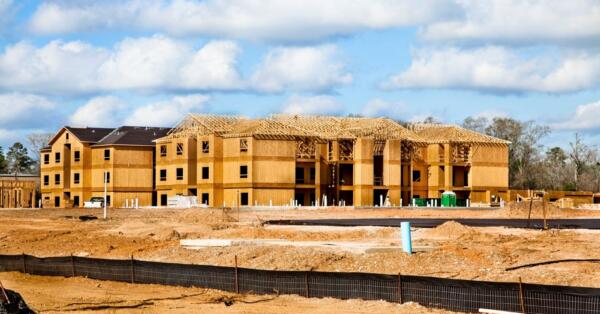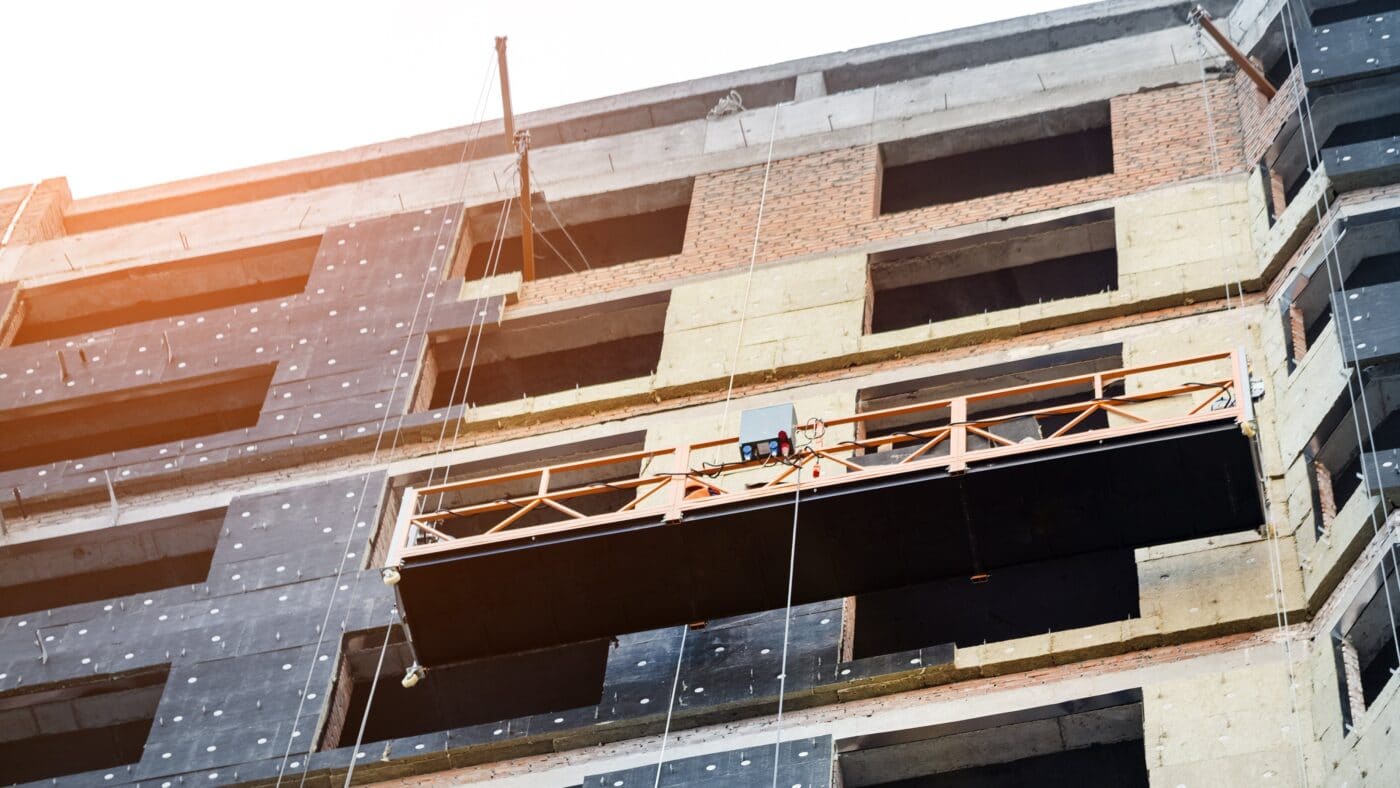Construction defect litigation has a large effect on contractors, home builders, and engineers. The focus of this VERTEX research is an inventory and analysis of defects specifically related to building envelope issues that have persisted for many years. The fact that the issues persist over multiple decades suggests there is a need to better address the common issues related to alleged building envelope defects. The research revealed several key findings. First, construction disputes commonly involve the building envelope. Second, the related disputes are becoming more complex. Third, alleged building envelope construction defects and construction defects in general, are increasing within construction. Finally, data associated with alleged construction defects is difficult to attain.
Analysis of Construction Defect Cases Related to Building Envelope Issues
The authors analyze 46 construction defect cases litigated between 2011 and 2019 that include issues related to building envelope design and construction to more accurately assess the most commonly cited building envelope issues, their details, and their associated trends. Findings reveal improper sealing of penetrations, improper integration, and lapping of the weather-resistant barrier (WRB), improper flashing, and improper weep mechanisms, all of which involve water penetration and are the most prominent and high impact defects. Findings also reveal that the most prominent alleged defects occur where water can infiltrate and damage the building envelope. Finally, the findings indicate that the cited alleged defects relative to the building envelope are more numerous and complex than cited alleged defects in other disciplines, specifically civil or mechanical engineering.
This study aimed to further analyze the risk related to engineers, architects, and construction professionals as quantified by the frequency and financial impact of commonly occurring defects. Failure to properly design and/or install building envelope elements could result in financial and professional exposure. A large number of common defects are alleged in multiple projects across multiple years and the occurrence of the alleged defects is increasing. This study identifies the alleged defects designers and constructors should be aware of as a mechanism to mitigate their exposure to disputes.
Summary of Construction Defect Research Findings
- Improper integration/lapping of WRB was cited in 67% of the cases reviewed.
- Sealant joints missing/deficient; penetrations not sealed was cited in 78% of the cases reviewed.
- Inadequate clearance to grade and inadequate weeping was cited in stucco, brick, fiber cement and adhered stone/brick projects.
- Other commonly cited issues include deficient window and door flashing and deficient flashing/waterproofing/sealing at penetrations or interfaces.
Additional findings include:
- The vast majority of the cases reviewed reveal there is a disconnect in the design and/or installation of proper sealing at penetrations in addition to doors and windows.
- Integration and lapping of the WRB is imperative to keeping moisture out of the building envelope but it is continuing to be either designed or installed improperly.
- Proper flashing and weep mechanisms need to be contemplated in the design and installation of the multiple types of cladding construction.
- Finally, eight of the ten cases studied for cost had alleged building envelope issues that contributed to at least 45% of the overall claimed repair cost in the plaintiff report. Additionally, in 80% of the ten cases studied for cost, cladding repairs were the highest building envelope contributor to repair cost.
Further information can be found in the complete study found on the American Society of Civil Engineers (ASCE) website [1].
To learn more about VERTEX’s Forensic Engineering or Expert Witness services or to speak with an Engineering Expert, call 888.298.5162 or submit an inquiry.







